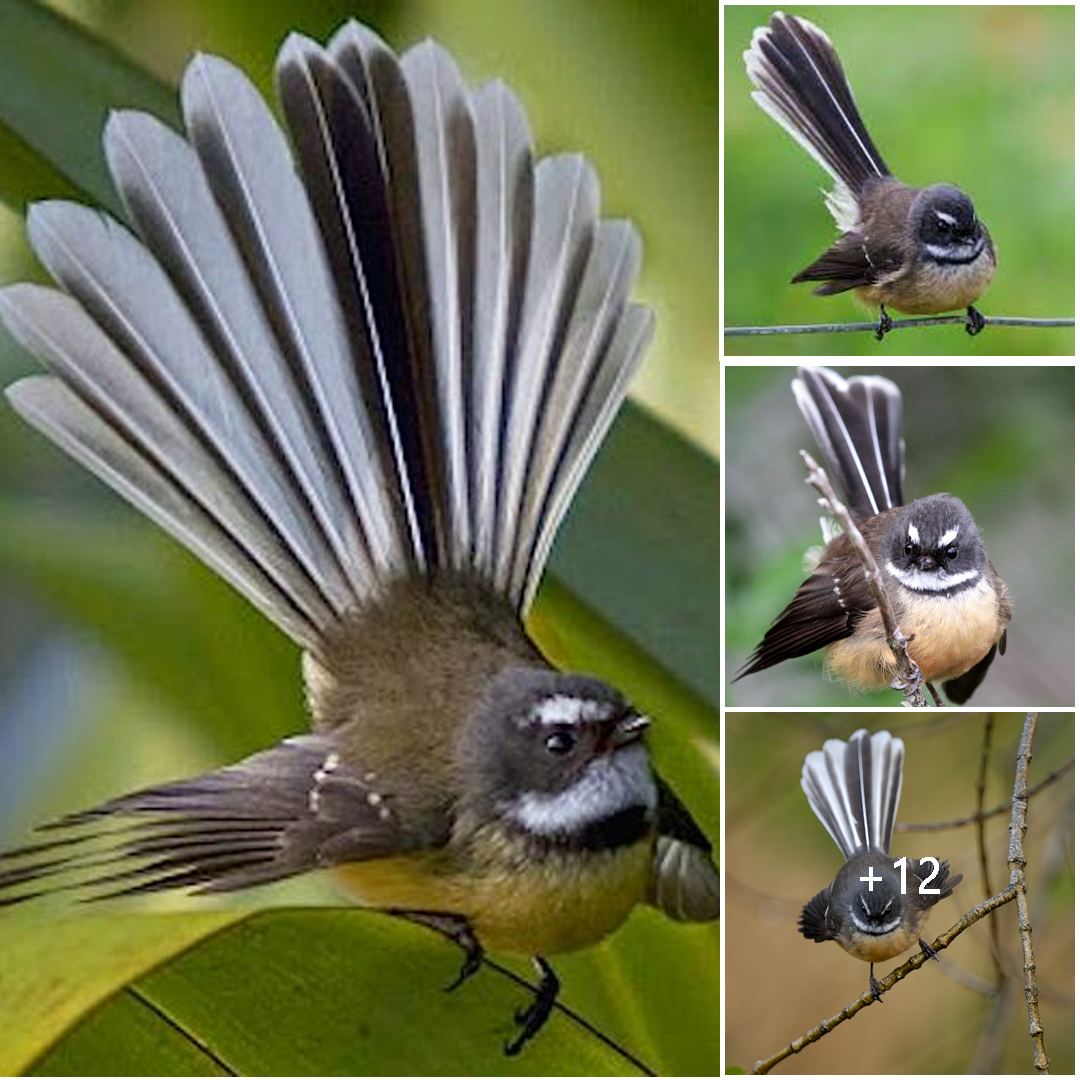
The Fantail, also known as the Peewee or Rhipidura, is a unique and attractive bird species belonging to the family Rhipiduridae. They are primarily found in the tropical and subtropical regions of Asia, Australia, and the Pacific.
Physical Characteristics and Behavior
-
Appearance: Fantails are characterized by their distinct fan-shaped tail feathers, which they often spread out in a fan-like display. They have a small, slender body with a rounded head and a short, straight bill.
-
Coloration: The plumage of Fantails varies depending on the species, but it typically includes shades of gray, brown, black, and white. Some species may also have colorful markings or patches on their plumage.
-
Size: Fantails are generally small birds, measuring around 15 to 20 centimeters (6 to 8 inches) in length, including their tail feathers.
-
Behavior: These birds are known for their active and agile flying abilities. They are often seen darting and fluttering around foliage in search of insects, their primary source of food. Fantails are also known for their distinctive tail movements, which they use to communicate with each other and display territorial behavior.
Habitat and Distribution
Fantails inhabit a wide range of habitats, including forests, woodlands, scrublands, and gardens. They are particularly common in areas with dense vegetation, where they can find ample food and shelter.
Diet
Fantails are primarily insectivorous, feeding on a variety of small insects, spiders, and other invertebrates. They catch their prey in mid-air or glean them from foliage using their sharp bills.
Reproduction
During the breeding season, Fantails build cup-shaped nests made of grass, twigs, and other plant materials. These nests are often placed in the forks of branches or in dense foliage to provide protection from predators. The female lays a clutch of eggs, usually numbering between two to five, and both parents take turns incubating the eggs and feeding the chicks.
Conservation Status
The conservation status of Fantails varies depending on the species and their specific habitat. While some populations may face threats such as habitat loss and degradation, many species of Fantails are considered to be of least concern by the International Union for Conservation of Nature (IUCN). However, ongoing conservation efforts are essential to ensure the long-term survival of these charming and charismatic birds.





